Huang Jian's calligraphy: Nine-level Curriculum Real Book 10-Tips for Real Books 02
Author:Huang Jian's calligraphy Time:2022.07.01
L9-10 Tips for Real Books 2
画 3 ﹞ omitting strokes.
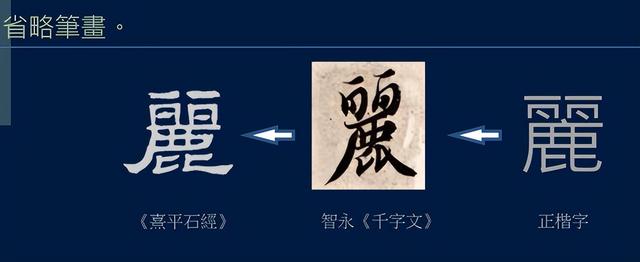
Some students asked me why there are often strokes in the true book posts, less and less horizontal, and it seems to be wrong. For example, the word "Li" in Zhiyong's "True Cao Thousand Characters" is a little less "deer" below. Students who have such ideas, he is based on the current positive character, but the current regular word is established after the Tang Dynasty. If compared with Lishu, Zhiyong's writing is originally written. "," Deer "is not a little bit.
now that
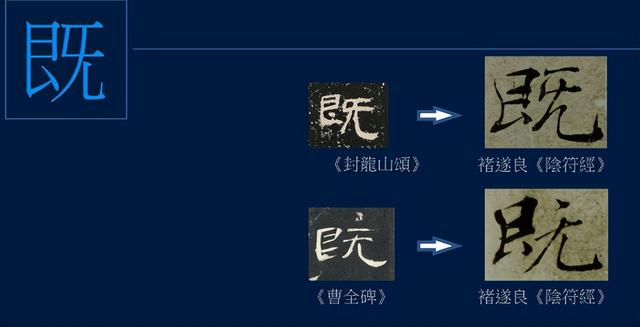
Affected by Lishu is deeply influenced by Lishu, many changes come to Lishu. The "Yin Faculty" has two words "both". The writing is different. The first "both" on the right side of the two strokes is shifted and the phoenixes are saved. The second one saves a small vertical. Phoenix wings. These two writing methods have long been there, and the author of the "Yin Faculty" is familiar with Lishu. The changes of the two "both" cannot be said to be the creation of true books, but they just inherit the traditional writing.
Ten thousand
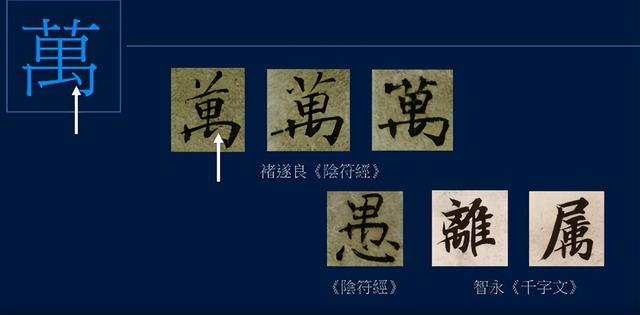
Similar situations such as "Wan", the seventh class of "Wan", said that it was a scorpion, and gradually became a "禺" under the head of the hecs. "". Students who often write "Thousand Characters" and "Yin Chaushu" know that they are not just "10", but those who have "禸" in the characters often write less, such as "fool", "Li", "genus" and many more.
Go
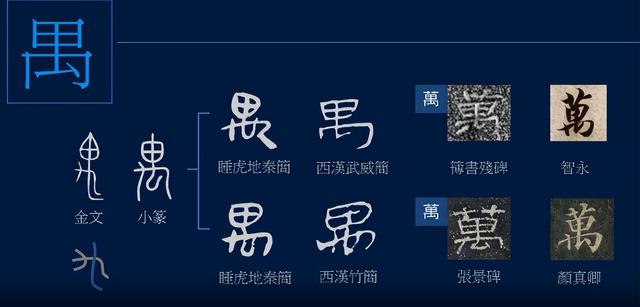
"独" in ancient words is not used independently, many words include "禸", such as the word "禸", the above is the ghost head, the following is "禸", "禸" is the original meaning of animals to step on the ground. The feet, then a long curve in the middle, Mr. Lin Yiguang explained that this is the animal's back line, until the tail, the meaning is that the animal sides, stepping on the ground, and now it is "ravaged" according to Xiaoyan. The original meaning of "Yu" is a monkey with a ghost face. Xiaoyan "Yu", the monkey tail rolled up, how to write it time? In the Qin Jian of Sleeping Tiger, sometimes it is rolled up in a stroke, just like Xiao Yong. Later, Lishu became a fold, no point. However, both Qin Jian and Han Jian have two strokes in this tail, roll up first, and then make up from top to bottom to form a point. The word "Wan" is more and less distinguished in Hanbei or true books. Both of them are right, but they are only different.
birds
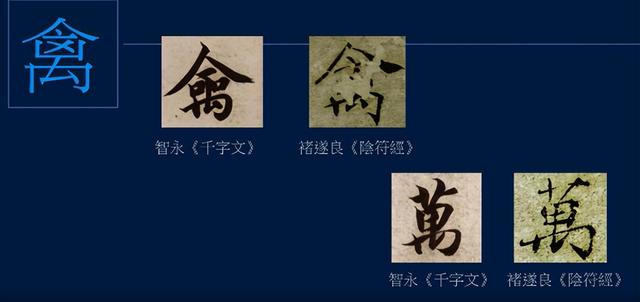
In Zhiyong's "Thousand Characters" and Chu Suiliang's "Yin Faculty", the part of "禸" sometimes writes points, and sometimes does not write points. For example, "禸" under the word "poultry" is added. No more. This shows that "choice" is not fixed, it is likely to be just a habit. A large calligrapher has such a habit. Later generations often copy his works, and naturally they will inherit his habits, and sometimes they don't even notice it.
should
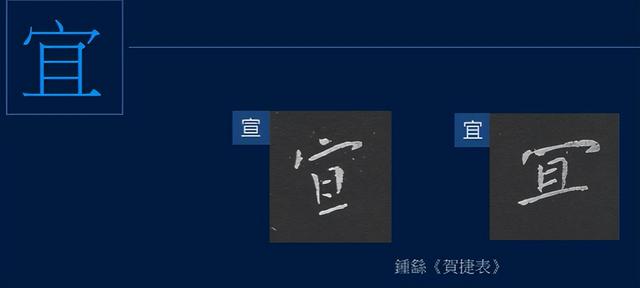
Another case is that when the two glyphs are too similar and are easy to misunderstand, one of them will omit the strokes in order to distinguish. You see the words "Yi" and "Xuan" in Zhongzhang's "He Jie Table" are very close, so the ancients often switched to "Yi" into the head and omitted their heads.
"Cursing Chu Wen"
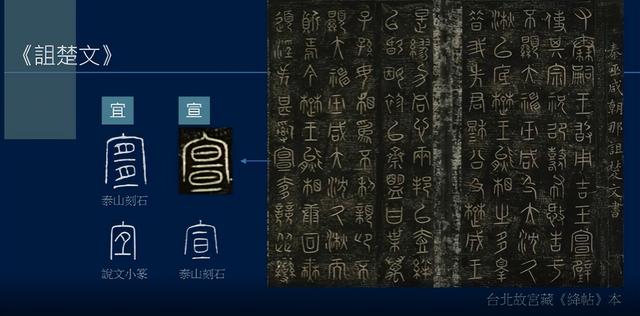
In fact, in the book, "Yi" and "Xuan" are very similar. The "Xuan" in "Speaking Chu Wen" and the "Yi" of the carved stone of Taishan are divided into two grids under the hijacket of the treasure. One thing is set in each grid. 。, That is, "". Both of these two words have a way to write a decrease, which can be considered as abbreviated.
should
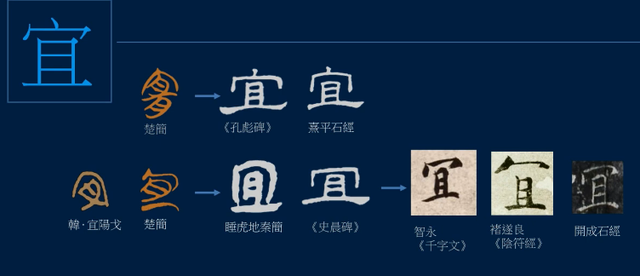
The word "Yi" has two ways to write in Lishu. One uses a puppet potential and the other is using a hoe. Text ":" Well, cover ", is also the meaning of covering. I have spent a lot of time watching Chu Jian and other folk handwriting. Chu Jian's "Yi" mostly uses humanoids on the head, but the shape of the human form is crooked, which is "冖". San Jinwen also has similar words, such as Yiyang Ge, South Korea. Therefore, the writing of Qin Jian, who sleeps tiger, is not based on the changes of Xiao Yong, but the ancient texts of the six kingdoms. It has been used until Zhong Yan, Zhiyong, Chu Suiliang, and even Tang's "Kaicheng Stone Eria". Essence It can be said to be written with a cricket potential, and as short as the puppet potential.
benefit
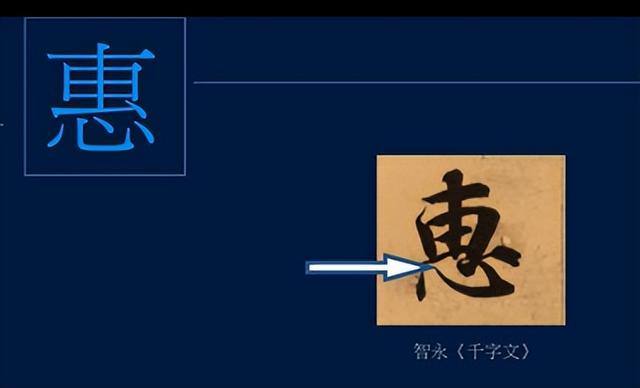
Looking at the word "Hui" written by Zhiyong along this idea, compared with the positive character, there are two less strokes in the middle. This is probably not a handling of Zhiyong, but in history.
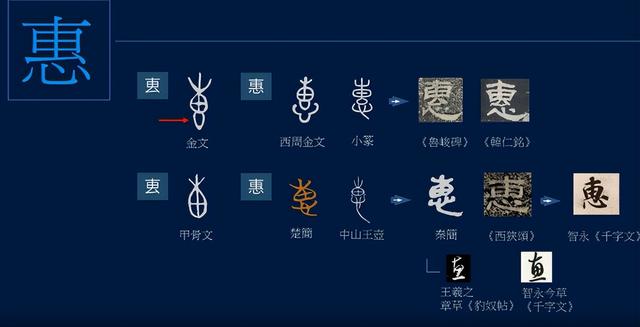
The word "Hui" is "叀", the shape of the spindle, and the oracle bones and golden texts often replace "Hui" with "叀". There are two ways to write "Hui", which is simple and simple. The components referred to in the red arrow are omitted in the abbreviation. Later, "Heart" was added below to become "Hui". Fanwan from Jin Wen to Hanli, self -containing series. Similarly, the abbreviations also evolved series, which is opposite to the complexity. The word "Hui" in Zhiyong's "Thousand Characters" belongs to the abbreviation series. Cursive script, regardless of Zhangcao or Jincao, is also abbreviated.
Harmful
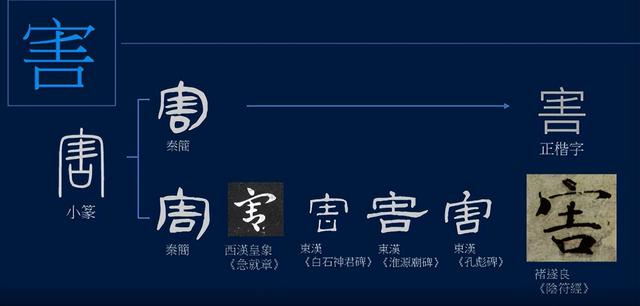
Another example of the "Yinfu Sutra", "harm", the positive character follows the small seal, Qin Jian has the rules of writing, this is traditional. However, there is already a way of writing in Qin Jian. After that, there are many followers of Han Li, and Lishu and cursive script are abbreviated series. This series can also be pushed forward, and it is not described in detail. Mr. Guo Shaoyu said: "Luo Zhenyu's" Yinxu Book Deed Examination "means" the ancient humanities are simple and simplified. "The traditional Chinese is easy to understand. With the famous posts of "Yinfu Jing", if you can find the source, the understanding will be a lot deeper. In short:
At any time, the text has the second body of the grass, which is simple and simple. Words such as Zhiyong omitted strokes are often simplified at the time. So it cannot be said that this is a calligraphy creation method, just choice.
taboo
Remind that sometimes lack of pen is a taboo, usually the entire word is written less. For example, the "people" in Zhong Yan's "Recommended Season" rely on the power of "people". This is the name of avoiding Tang Taizong Li Shimin. This book must be changed by the Tang Dynasty. Another example is the word "Dan" in the "Lingfei Scriptures". It is not "day" on it, but "mouth", which is one less horizontal. From a taboos, you can determine the general annual points of the truth, copy, or engraving, or engraved the book. The taboo has nothing to do with calligraphy. You can come to the way when you post, but do not copy it when you create a work, you will make a joke.
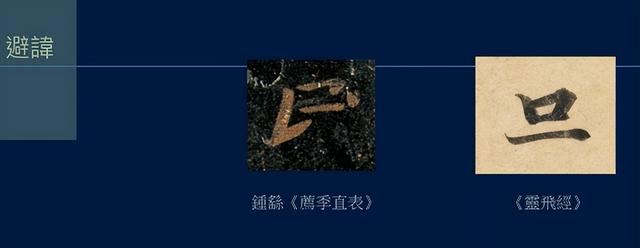
画 4 ﹞ Add strokes.
There are quite a lot of strokes in the real book. Of course, this is also compared with the positive character. Take the "Yin Faculty" as an example. I chose four characters. Is this intentionally added strokes for the big circle? no.
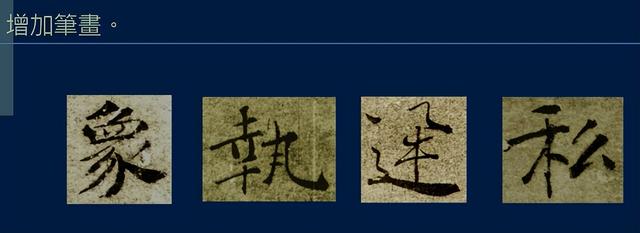
elephant
Let's talk about the word "elephant" first. Sleeping tiger Qin's abbreviation method is the closest to Xiaoyan, but it is difficult to say that it is Lishu, a round, and a use party. This method is basically a round line. The upper and lower part of the word "Elephant" is mainly in the middle part of the red arrow. From the perspective of Oracle, the middle part of Xiaoyan is the head of the elephant. After that, the Western Han Dynasty became a square, but it also brought about the change, or the head was only written in the outer frame. There was no vertical in the middle, or two verticals were written in the outer frame, one more vertical, and the two vertical indicating the eyes. In the true book, such as the "Xiang" of the "Dragon Temple Stele" in the Sui Dynasty, the "four" shape is also used in the middle. What is noticeable is that the lower part is solved with a hump, and the elephant and elephant feet are flattened. Ordinary true writing has a lower lower part. Oracle, Xiao Yan, and early ones have no such skimming. "The writing of" has his truth.
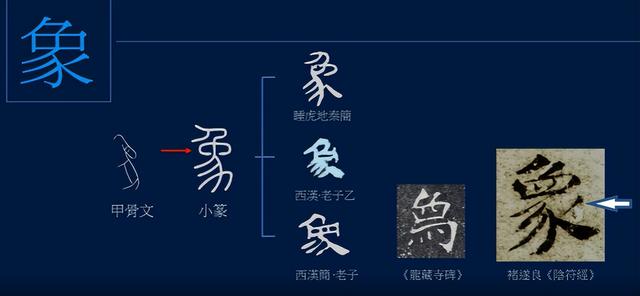
The "Yinfu Jing" has two words "elephant", which is small, obviously to avoid similarity and intentionally do artistic treatment. The upper part: one is the horn of the sheep, and the other is the back -to -back. Then one takes the vertical horizontal, the vertical pen is shifted, and the other is taken to the glyph. The lower part: the two words on the left and right are the same. Write the potential of the Liu Xun first, and finally the sluggishness does not interact, not to turn, but the crab feet. In general, the large circle of two words is only in the upper and middle parts. This is a change in the artistic structure of calligraphy, but the basic structure of the text comes to the words, and the two characters are the same.
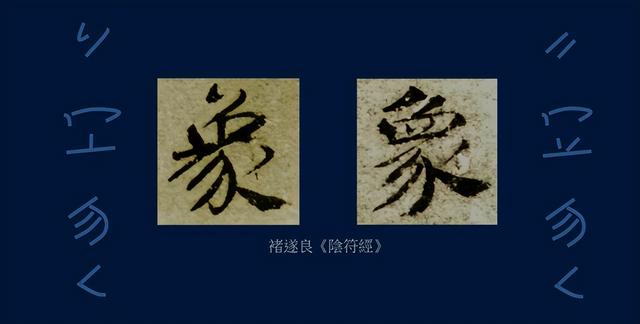
Hold
The word "holding" means arrest. Oracle is the prisoner stretched out two hands and put on torture. It developed into Jinwen and Xiaoyan, and the torture tools were separated from the prisoners. The prisoner on the right stretched out two hands and was tied up together. This curve of the body is roughly a two -song -shaped shape. Qin Jian's writing is similar to Jin Wen. Han Li's "Hou Chengbei" is similar to Xiaoyan, but there is a horizontal side on the left. Other Hanli has become "Fan" or "Pills" on the right side, which are all changes. Speaking of the true book such as Yan Zhenqing, inheriting the writing of the "Ping Ping Shi Jing", and the "Yin Faculty" in the above line, the right side of the phoenix wings on the right side is one more horizontal. In fact, the left side is written as "lucky". One horizontal, all of them are changing. Many calligraphers like to write ancient characters to make the works look elegant.
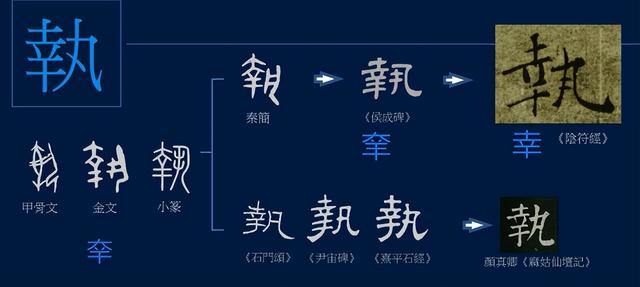
Xingxin
Remind you, now in the right word, the "luck" of "happiness", the last horizontal is long, "hard" "Xin", the last horizontal is short, and Zhiyong or Tang people write these two words, the last one, the last one, the last one, and the last one, and the last one. Heng is long.
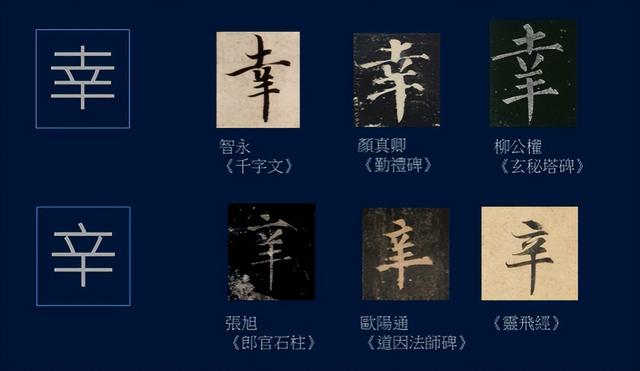
You can see "Five Classic Words · Xin Bubble" and receive eight characters, and the first "Xin Xin" has a total of nine characters. The last horizontal is long. The pronunciation is qian1. clear.
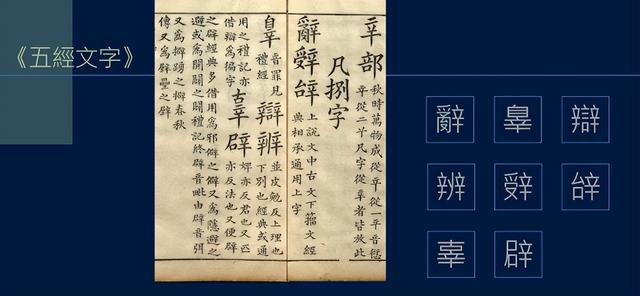
fast
The word "Xun", "Yin Faculty" added more. "The Editor of the Sea" believes that this one is another word, the one horizontal is "Xun", and the two horizontal sound zhuo2, which means the wind. I am very doubtful that the word "Xun" is composed of two parts. The side is "辵". Oracle is walking on the street. The original meaning is to walk slowly. Add a xun4 to the right. This is the simple province of "flying". The left and right provinces are together, and the meaning of getting out will come out.
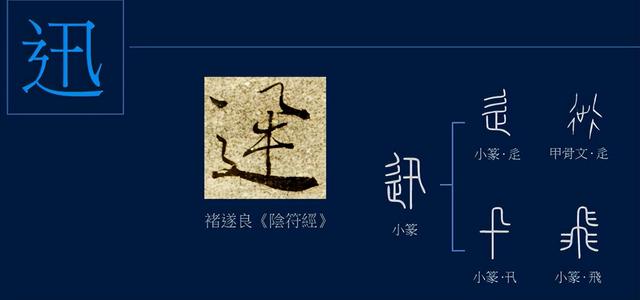
"Yin Faculty"
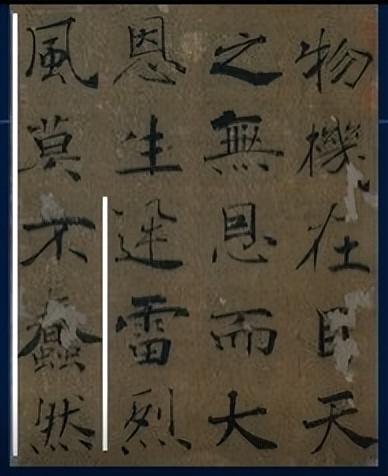
Moreover, from this article "The Yinfu Jing", "Thunderbolt, so stupid", the meaning is very smooth, instead of using the interpretation of the "Sea Class".
"Xun" plus more horizontal, there are other similar words, such as "Gong" and "persistence", the two horizontal writing methods are liberty. Jin Wen "People" stretched out two hands to hold, read JI3, and "Li Different" has this word -oriented word. The province is one less horizontal, and the right side of the word "Xun". Later "Wait, the word" Xun "" Xun "in the Western Jin Dynasty was written like this. The word "Xun" "Xun" is more horizontal. Finally, I should remind that the foam in the Emperor "Urgent Chapters" is "瓨", not "Gong". private
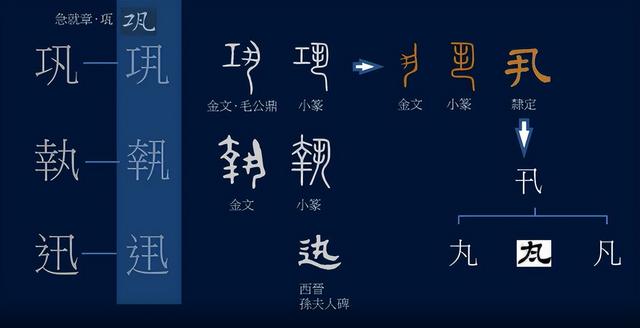
Looking at the word "private" in the "Yinfu Jing", why is it more than? You can try these two words first, both of which are in Yanhan Jane. Can you read it? The above is "private", and the following is "harmony". We know that the grass method can be represented in two points, and the triangle can also be used to use two points. For example, the "矣" of the "Yin Faculty" is an example. "Private" and "He" are next to Hemu. If both are replaced by two points, wouldn't it become the same? You see Wang Xizhi's "private" and Suo Jing's "harmony", it is easy to see wrong. So we saw such a "private" word in Juyan Hanjian. The triangle on the right side was circumcised with an iron enclosure, but the head was added. The word "Private" "Private" comes like this.
In the Tang Dynasty epitaphs, the writing of the "Yin Faculty" is not uncommon, and the "Book of Ganlu" also has an income.
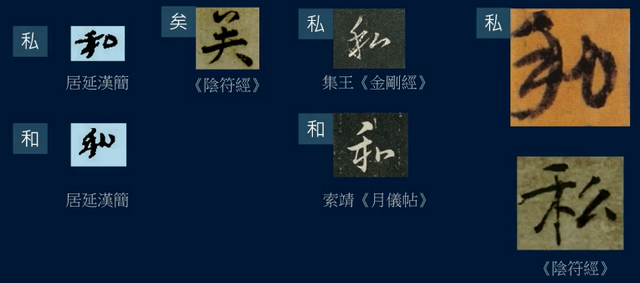
But think this is a "vulgar body." Wen Zhengming in the Ming Dynasty directly regarded the right side as a dragon potential. In fact, it can also be regarded as the dragon potential in the "Yin Faculty", but the connection of the triangle is blurred.
Used to separate points
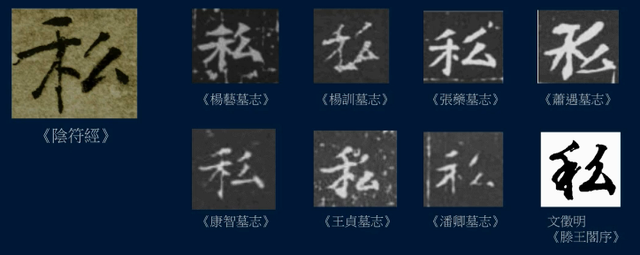
There are some points in the true book, just to distinguish the similar shapes, such as to distinguish "soil" and "scholars", usually "soil" plus a little bit. Strictly speaking, this is not to add a stroke, it is just a reminder. When we divide the pens, do you want to be included? Since this is not a stroke, of course, it should not be included in the circle.
Learning calligraphy must be posted, and the posts are read first. Reading is not easy. Seeing a more and less stroke, it is best to check the history. Whether it is reducing strokes or increasing strokes, calligraphers only choose in the past, rather than creating new characters.
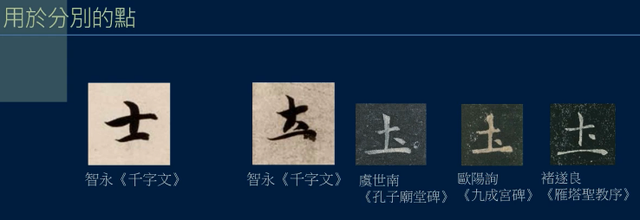
thanks.
The main points of this section:
The technique of true books -big circle. [3], omitted strokes. [4], add strokes.
Review thinking:
What is this word? Why can I write this way? The word "Chuan" and "Fu" in Zhiyong's "True Cao Thousand Characters" are just a little bit. Is the word "Fu" in order to distinguish and add it, or did it originally? Do you want to be included in the big circle?
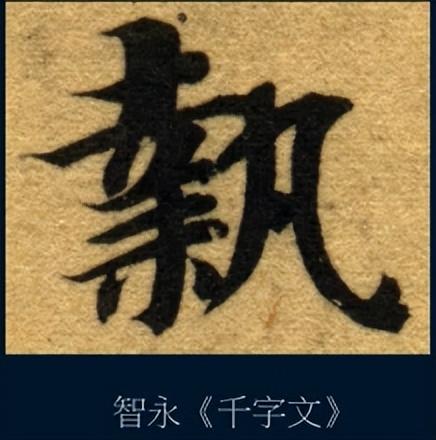
- END -
"Art China" contemporary outstanding artist -Cheng Liangyu

Cheng Liangzhang, good painting and calligraphy, read poetry. Landscape painting t...
Big coffee gathers!This weekend Ningbo will stage two high -level concerts
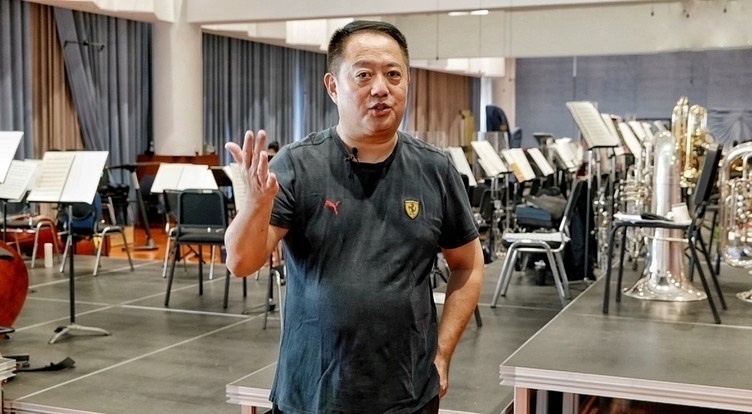
The gospel of music fans! This weekend, the Ningbo Grand Theater will stage two hi...